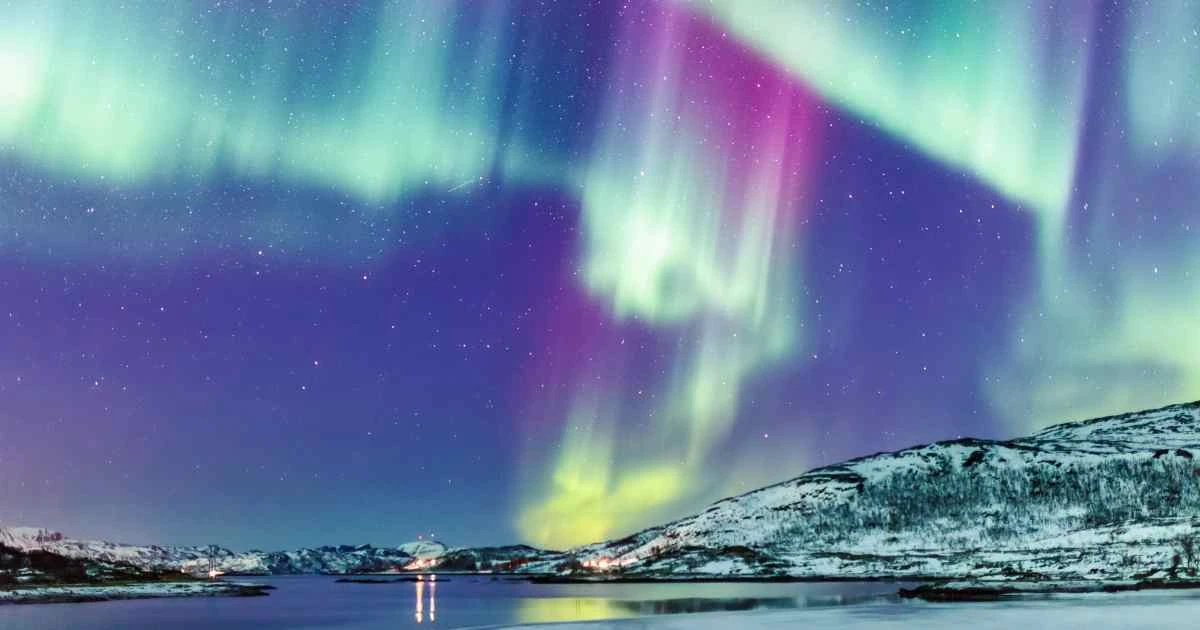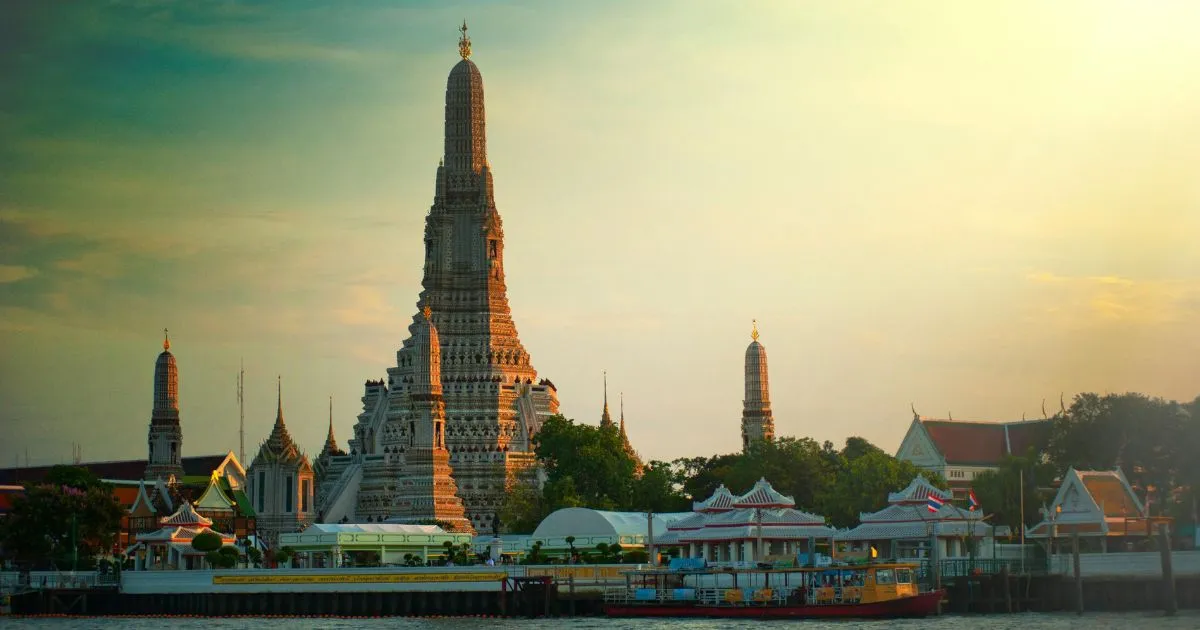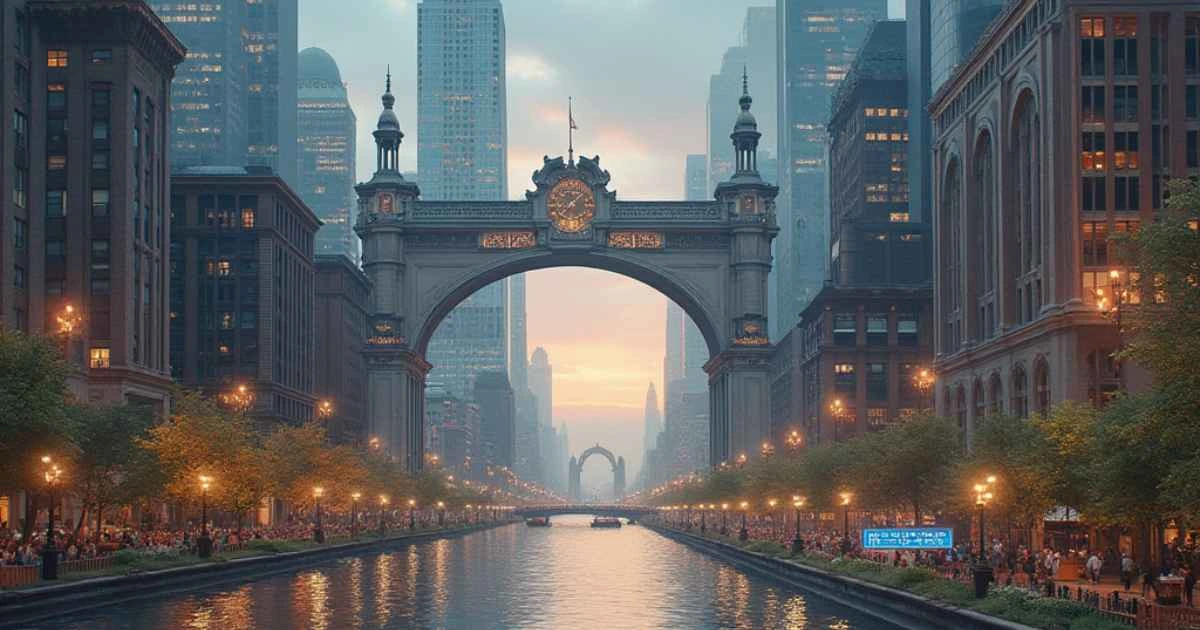Best Time to See Northern Lights
Table of Contents
Key Takeaways
- The overall best time to see Northern Lights is from late September to early April
- Winter months (December to February) offer the longest hours of darkness but often have harsher weather conditions
- Shoulder seasons (September/October and March/April) provide a balance of darkness, milder weather, and good aurora activity
- Geographic location matters: destinations between 65° and 75° North latitude offer optimal viewing
- Solar activity follows an 11-year cycle that affects aurora intensity and frequency
- Clear, dark skies away from light pollution are essential for optimal viewing
- Northern Lights are never guaranteed on any given night, so planning multiple viewing nights increases chances of success
Seasonal Breakdown for Northern Lights Viewing
Peak Season (December to February)
The deep winter months, especially December through February, are the best time to see Northern Lights across the Arctic. During this period, locations like northern Finland, Norway, Iceland, Canada, and Alaska enjoy long nights or even polar night, offering maximum chances to witness the aurora. Around the winter solstice, darkness peaks, making it ideal for aurora hunting despite challenges like extreme cold and cloud cover. This season also overlaps with the busy holiday period, so early bookings are essential.
Pros:
- Maximum hours of darkness for viewing
- Potential for all-night aurora displays
- Snow-covered landscapes enhance the viewing experience
- Full range of winter activities available alongside aurora hunting
Cons:
- Coldest temperatures of the year
- Higher chance of cloudy weather in many locations
- Peak tourism season with higher prices
- Challenging travel conditions possible
Early Season (September to November)
Autumn, from late August to early November, offers a unique best time to see Northern Lights with milder temperatures, clearer skies, and vibrant fall landscapes. By late September, darkness is sufficient for quality aurora viewing after 9 PM, and reflections off unfrozen lakes add to the spectacle. With fewer tourists between summer and winter peaks, travelers can also enjoy better availability and lower prices.
Pros:
- Milder temperatures more comfortable for outdoor viewing
- Often more stable weather patterns with clearer skies
- Unique photography opportunities with fall colors and unfrozen water
- Generally lower prices and less competition for accommodations
Cons:
- Fewer hours of darkness compared to winter, especially in September
- Aurora visible later in the evening rather than early hours
- Some remote locations may have reduced accessibility as winter services begin
- Shorter viewing window each night
Late Season (March to April)
Late winter and early spring offer another best time to see Northern Lights, especially around the spring equinox in March. Nights remain dark enough for aurora viewing from 9 PM to early morning, with milder temperatures and more stable weather in places like Alaska, Canada, and Scandinavia. March often brings stronger geomagnetic activity, while April offers later but still rewarding displays in higher latitudes.
Pros:
- More stable weather patterns with increasing chance of clear skies
- Moderating temperatures more comfortable for extended outdoor viewing
- Potential for enhanced geomagnetic activity around spring equinox
- Snow-covered landscapes still provide beautiful viewing settings
- Longer daylight hours allow for more daytime activities
Cons:
- Progressively shorter nights, especially in April
- Later optimal viewing times
- Northern Lights season ending by late April in most locations
- Melting conditions can affect accessibility to some remote viewing areas
Summer Season (May to August)
Summer, from May through August, is not the best time to see Northern Lights in most northern regions due to continuous daylight and the midnight sun. Even below the Arctic Circle, extended twilight prevents aurora visibility. While the aurora still occurs, bright skies make it invisible. However, the Aurora Australis can sometimes be seen in southern New Zealand, Tasmania, and Chile during the southern winter.
Pros:
- Warm, comfortable conditions for outdoor activities
- Excellent time for exploring northern landscapes and wildlife
- Midnight sun offers unique Arctic experiences
- Easiest travel conditions of the year
Cons:
- Insufficient darkness for Northern Lights viewing
- Not a viable option for aurora hunting regardless of solar activity
Best Time Based on Location and Circumstances
Best Time for Different Geographic Locations
The best time to see Northern Lights viewing varies somewhat by specific location:
Iceland offers good viewing potential from late August through early April. Its coastal climate means relatively milder temperatures but also more cloud cover and precipitation. September, October, February and March typically provide the best balance of darkness and weather conditions.
Northern Scandinavia (northern Norway, Sweden, and Finland) has similar seasonal patterns, with September through March being prime aurora season. The inland areas of Swedish and Finnish Lapland often have more stable winter weather with clearer skies than coastal Norway, though temperatures drop significantly lower.
Alaska and Yukon have excellent viewing potential from late August through early April. Interior locations like Fairbanks are renowned for stable winter weather with many clear nights, making February and March particularly good months despite cold temperatures.
Northern Canada destinations such as Yellowknife in the Northwest Territories are known for exceptionally reliable aurora viewing due to their position directly under the aurora oval and frequent clear skies. Mid-August through early April offers viewing opportunities, with January through March providing a good balance of darkness and increasing chances of clear weather.
Best Time for Budget Travelers
For travelers seeking to maximize value when pursuing the Northern Lights, the shoulder seasons of September-October and March-April generally offer the best combination of good viewing conditions and lower prices — often making them the best time to see Northern Lights on a budget. During these periods, accommodation rates in popular aurora destinations are typically 20-30% lower than during the holiday-heavy peak winter season.
September and early October stand out for budget travel, as this period comes after the summer high season but before winter tourism gains momentum. March similarly offers good value after the winter peak has passed. Additionally, during these shoulder seasons, there’s less competition for accommodations, tours, and flights.
Budget travelers should particularly avoid the Christmas and New Year period, as well as February school holidays, when prices reach their highest points in most Northern Lights destinations.
Best Time for Comfort and Accessibility
Travelers who prioritize comfort while pursuing the Northern Lights should focus on September-October and March-April. During these months, temperatures are significantly milder than the deep winter period while still offering good viewing opportunities.
September and October allow for aurora viewing without extreme cold weather gear, and a wider range of outdoor activities remains available. Similarly, March brings longer daylight hours for daytime exploration while still providing dark nights for aurora hunting.
For travelers concerned about driving conditions or general accessibility, these shoulder seasons typically feature more reliable transportation options. Deep winter can bring road closures, flight cancellations, and limited accessibility to remote viewing locations, issues that are less common in fall and early spring.
Best Time Based on Solar Activity
The Northern Lights are generated by solar activity, which follows an approximately 11-year cycle of maximum and minimum activity. The most recent solar maximum occurred in 2024, with the next minimum expected around 2030-2031.
During solar maximum years, aurora activity is generally more frequent and intense, and displays may be visible at lower latitudes than usual. During these peak years, even the shoulder seasons and periods with slightly less optimal conditions can produce spectacular displays.
During solar minimum years, aurora activity becomes more concentrated around the polar regions and may be less frequent overall. During these cycles, it becomes even more important to visit prime locations directly under the aurora oval and during peak seasonal periods (December-March) to maximize viewing chances.
Regardless of where in the solar cycle we are, strong individual solar storms can occur at any time, creating exceptional aurora displays that can sometimes be seen even at mid-latitudes.
Conclusion
The best time to see Northern Lights involves finding the optimal balance between seasonal darkness, weather conditions, and practical travel considerations. While the period from late September through early April offers viewing opportunities across most Arctic destinations, each part of this window brings different advantages and challenges.
Deep winter (December through February) provides maximum darkness but challenges visitors with extreme cold and potential weather disruptions. The shoulder seasons of September-October and March-April offer a more balanced experience with reasonable darkness hours, milder temperatures, and often clearer skies, making them ideal for many travelers, especially first-time aurora hunters.
Your choice of destination plays an equally important role in determining viewing success. Locations directly under the aurora oval, especially those known for clear winter skies like Fairbanks (Alaska), Abisko (Sweden), and Yellowknife (Canada), statistically offer the highest chances of successful sightings.
Remember that the Northern Lights are a natural phenomenon that cannot be predicted with certainty months in advance. Planning multiple viewing nights, selecting locations known for clear skies, and maintaining flexibility in your viewing schedule will dramatically increase your chances of witnessing this magnificent natural wonder







